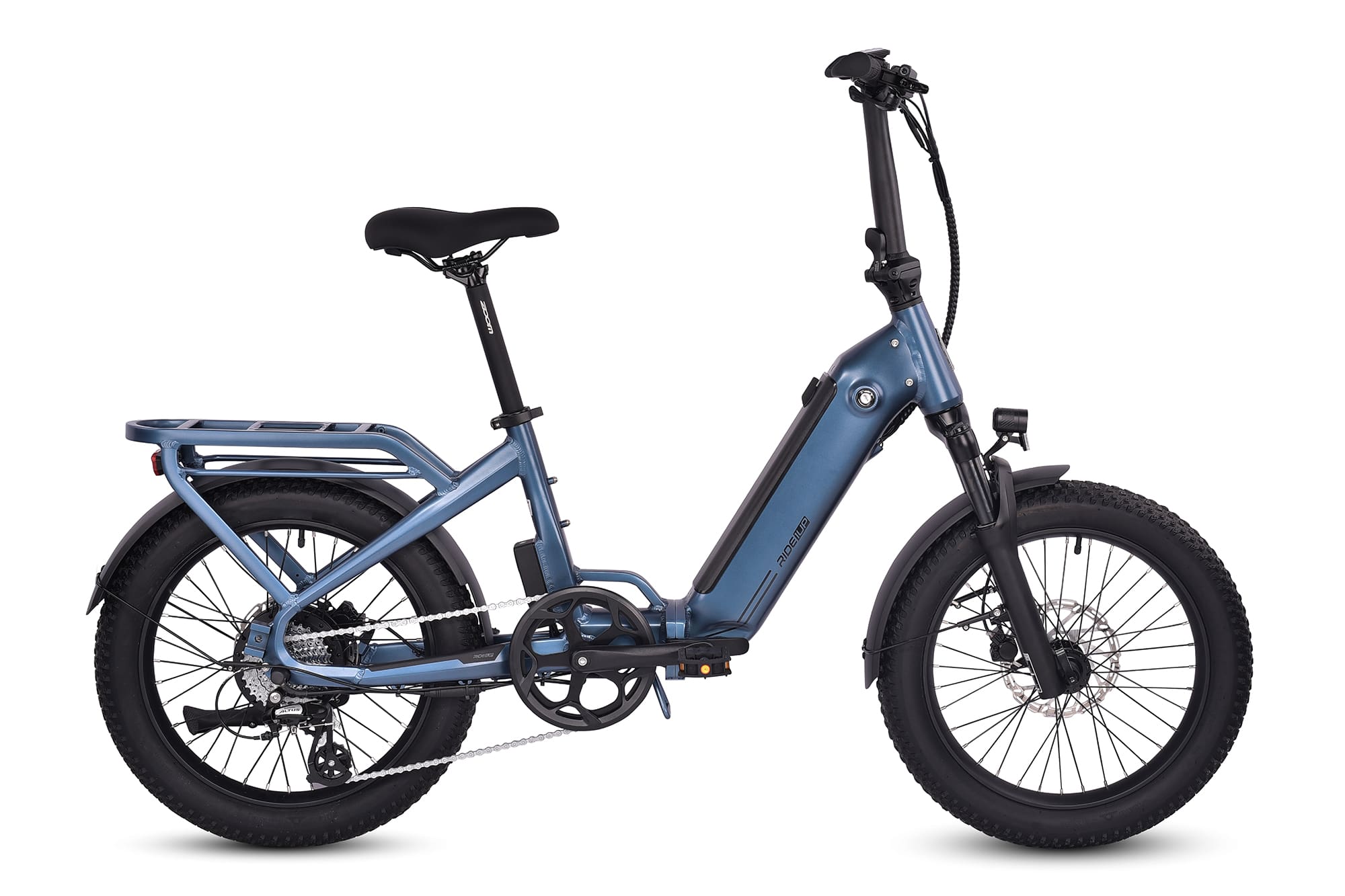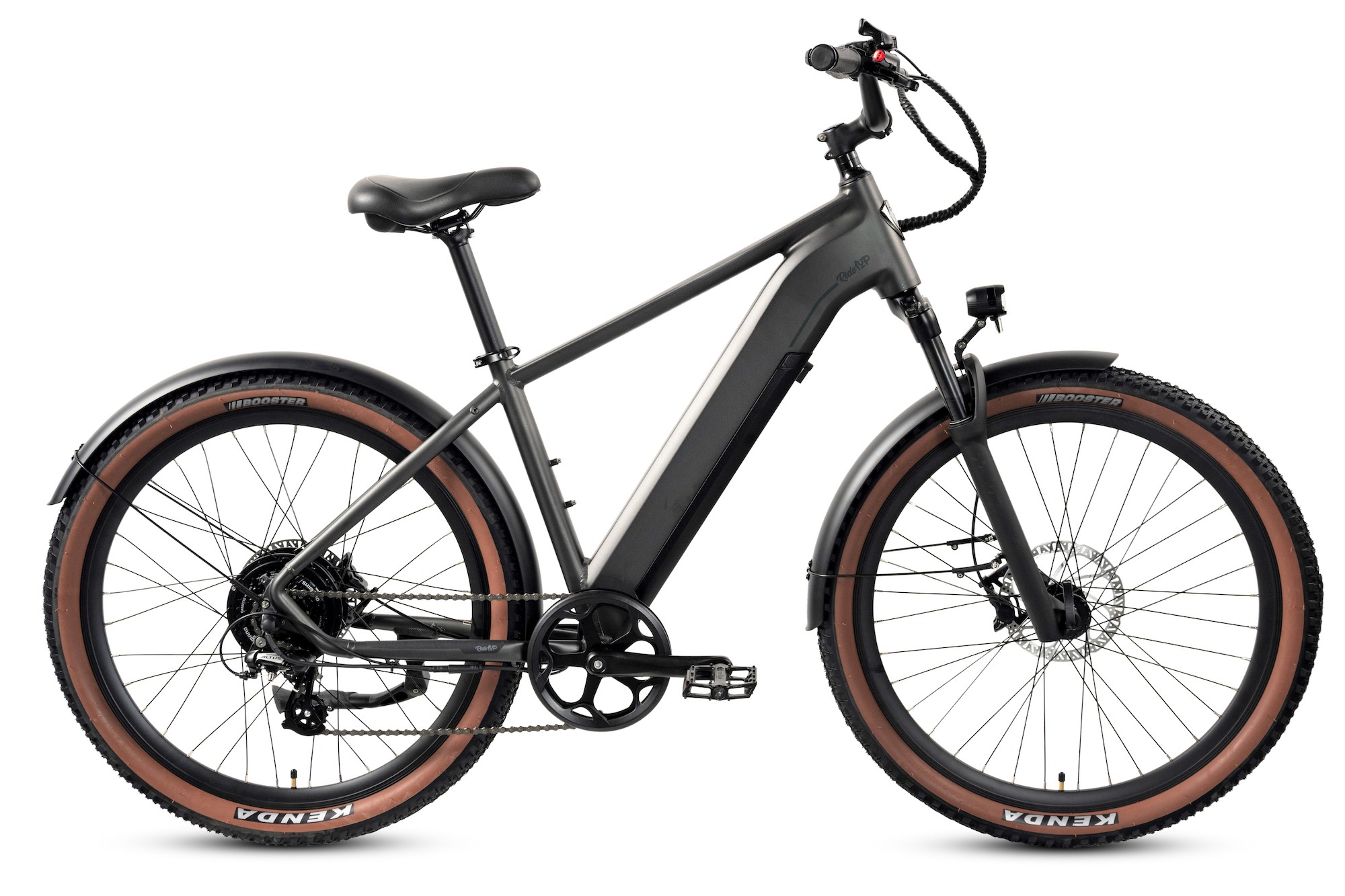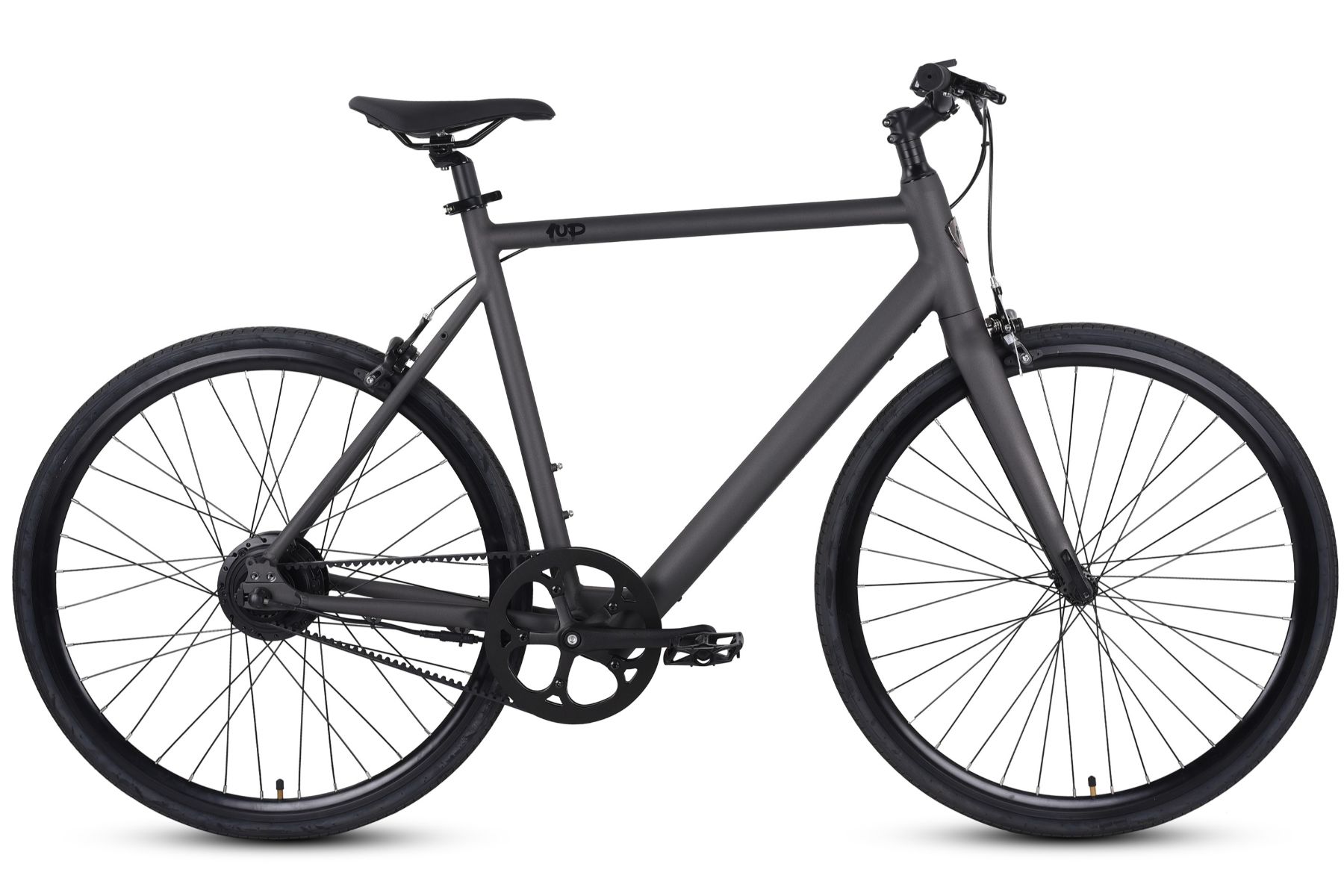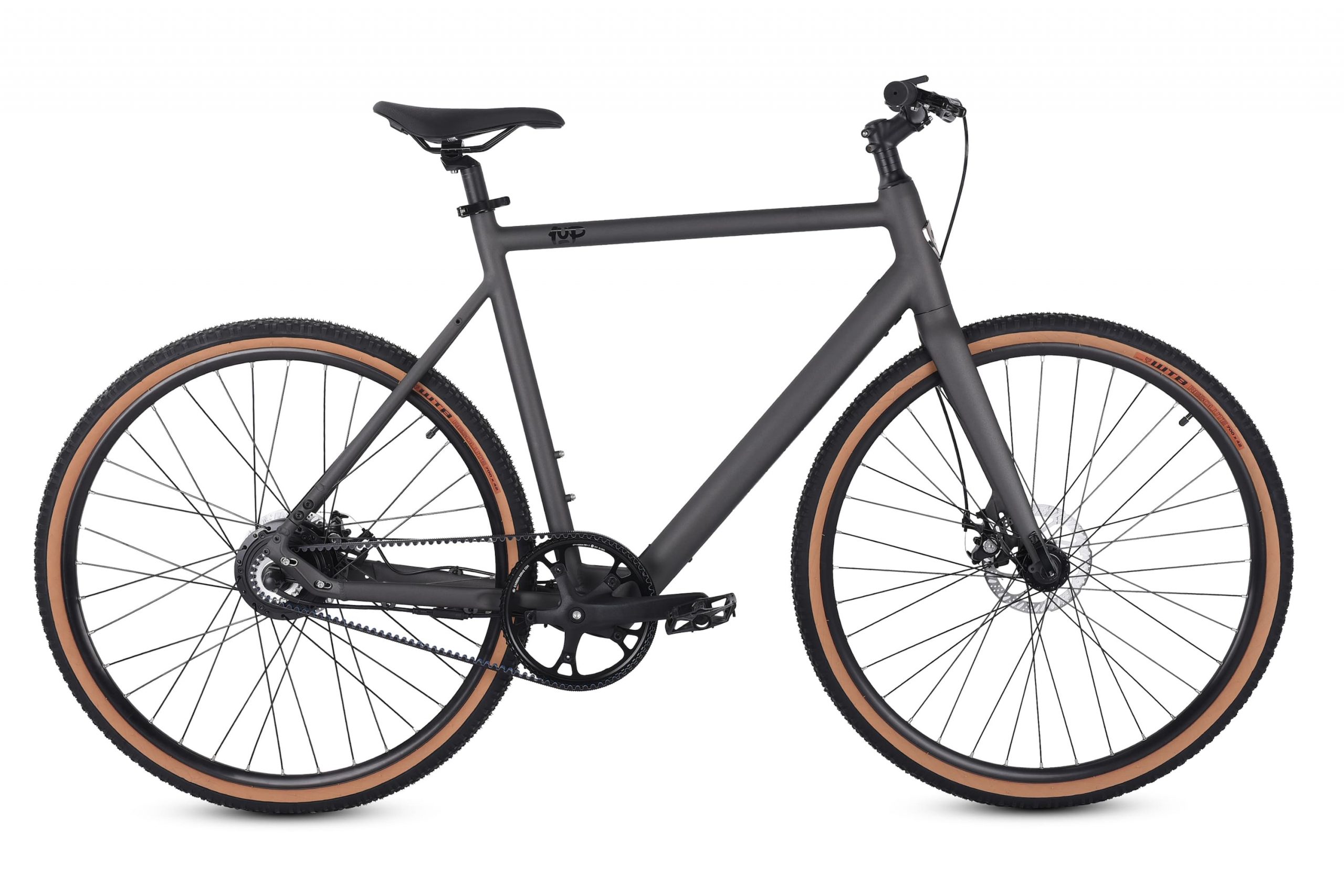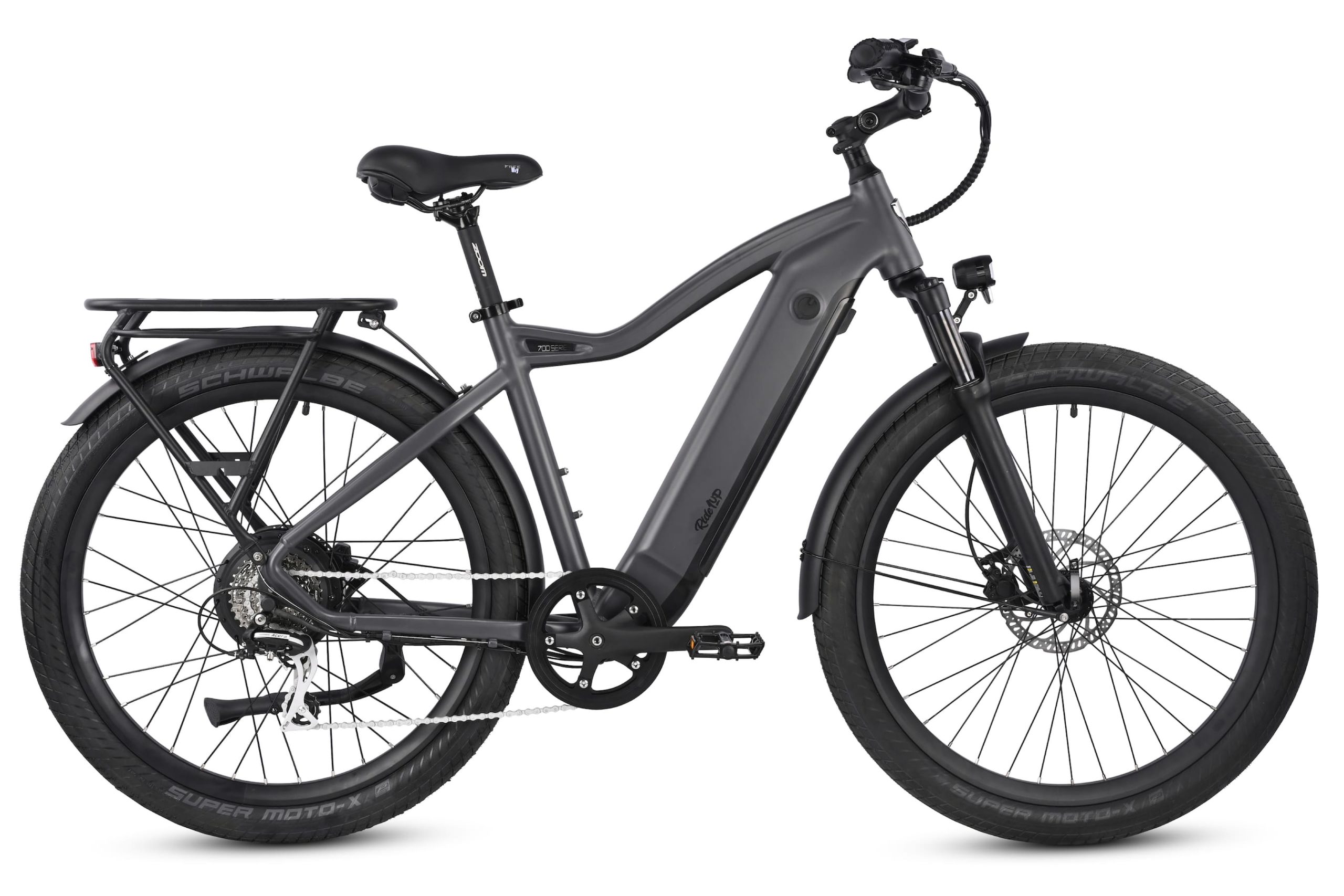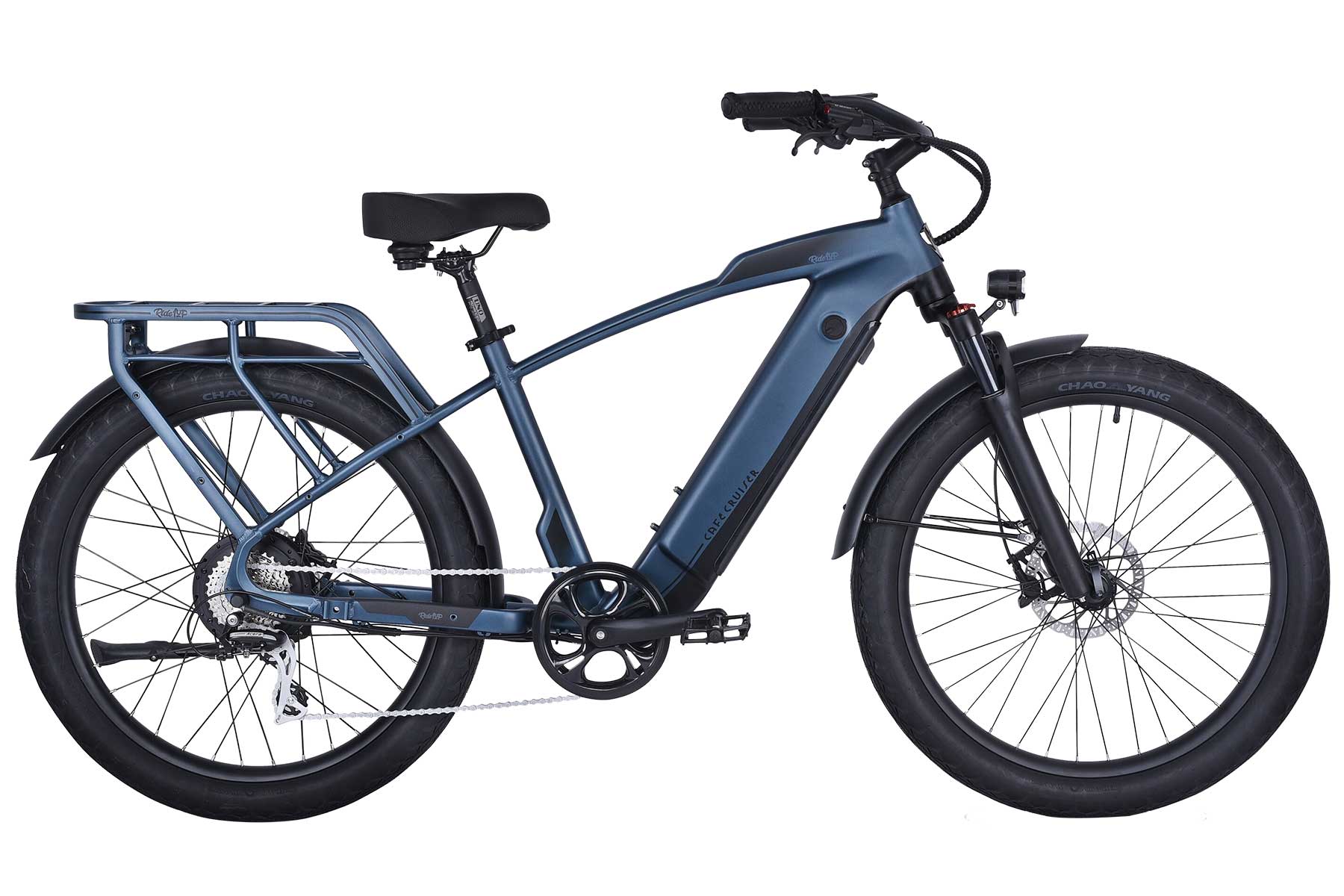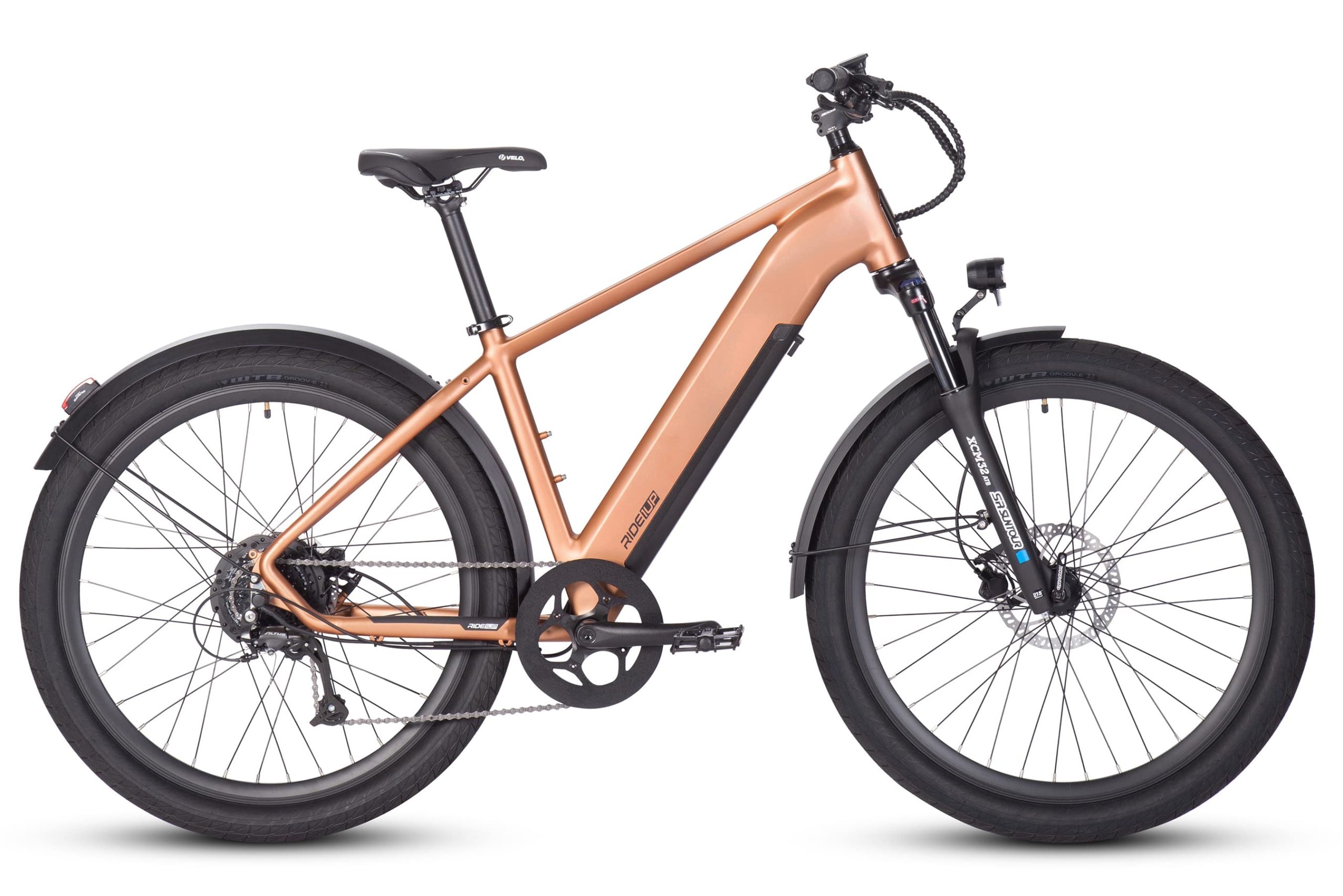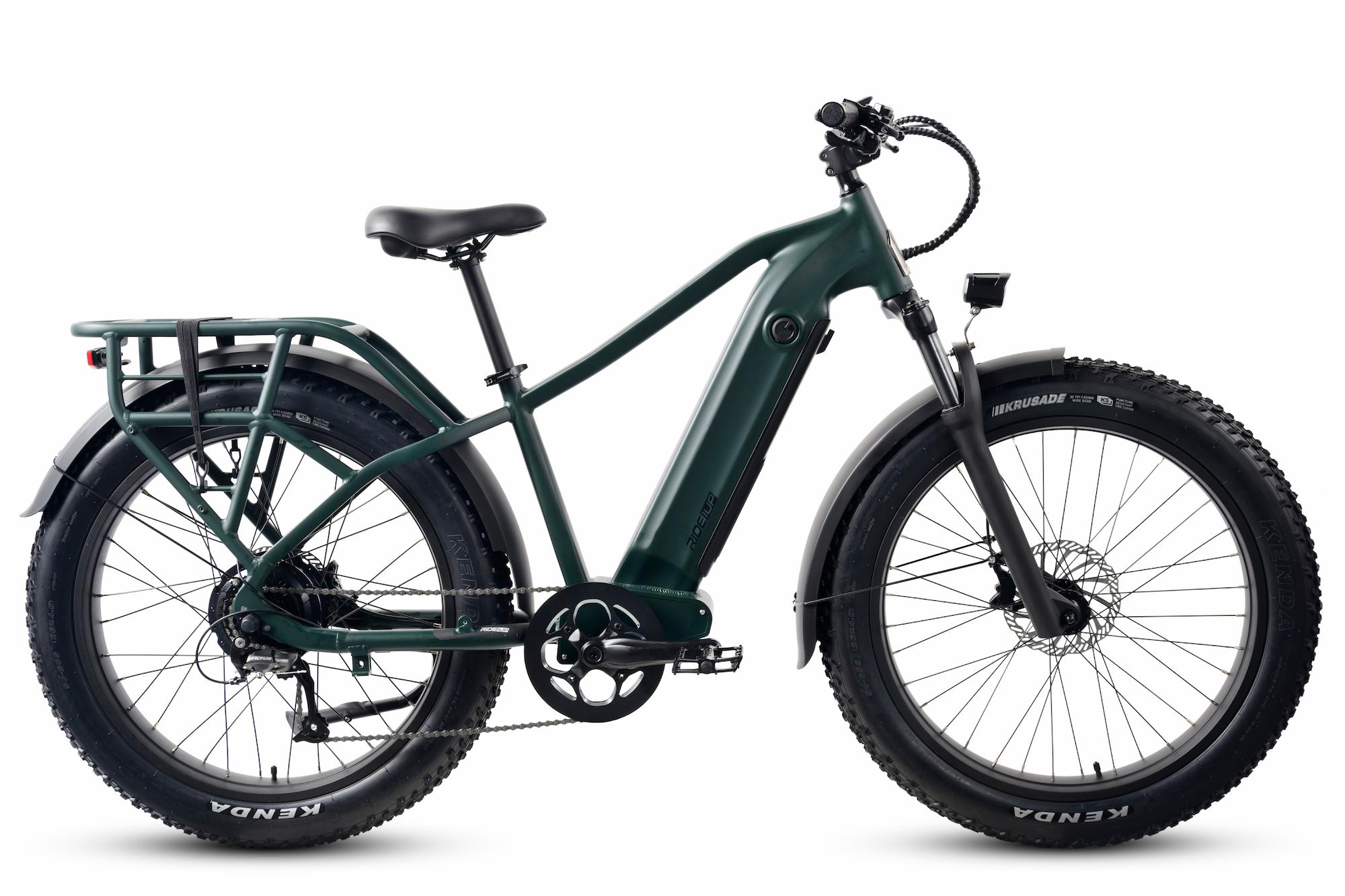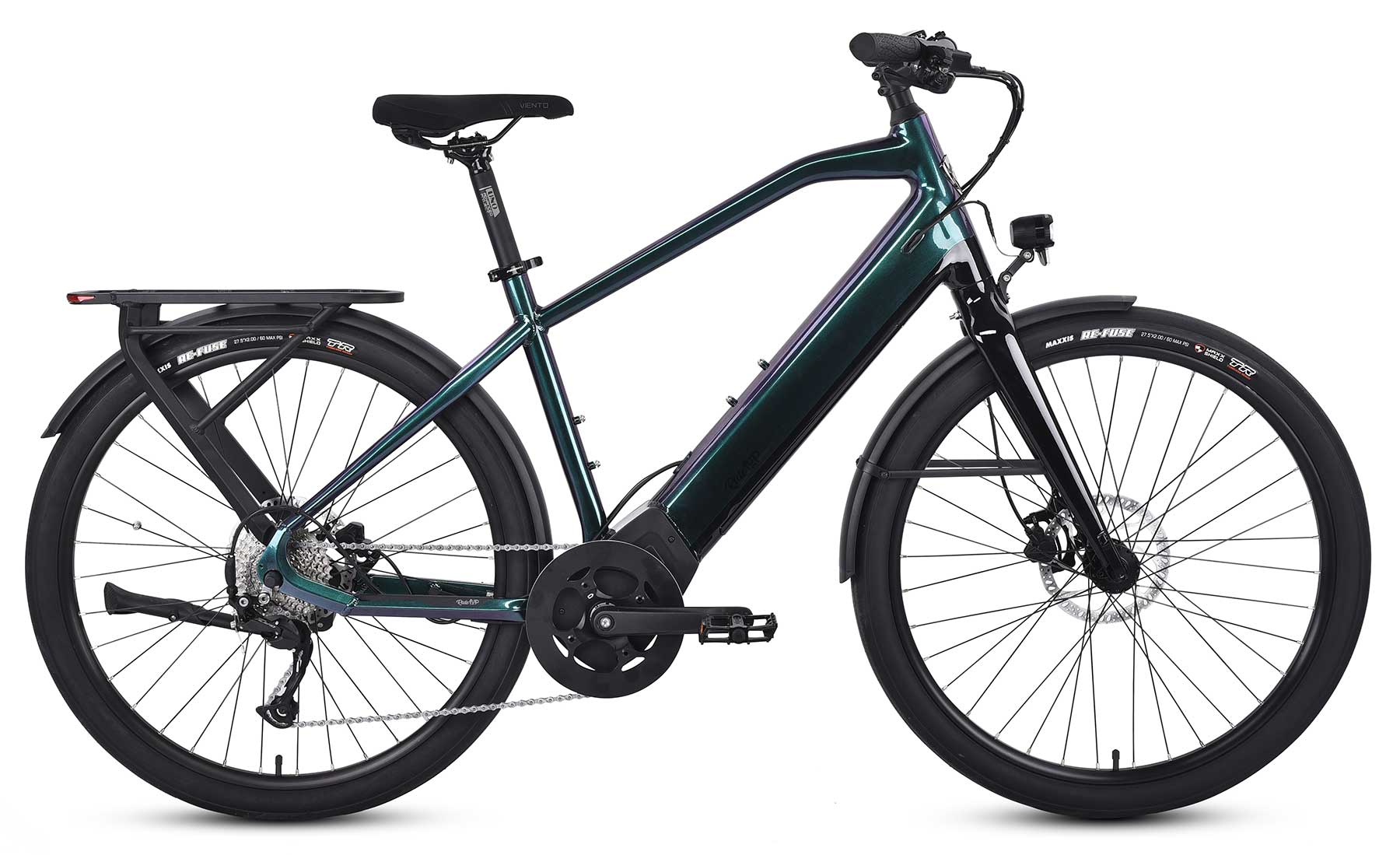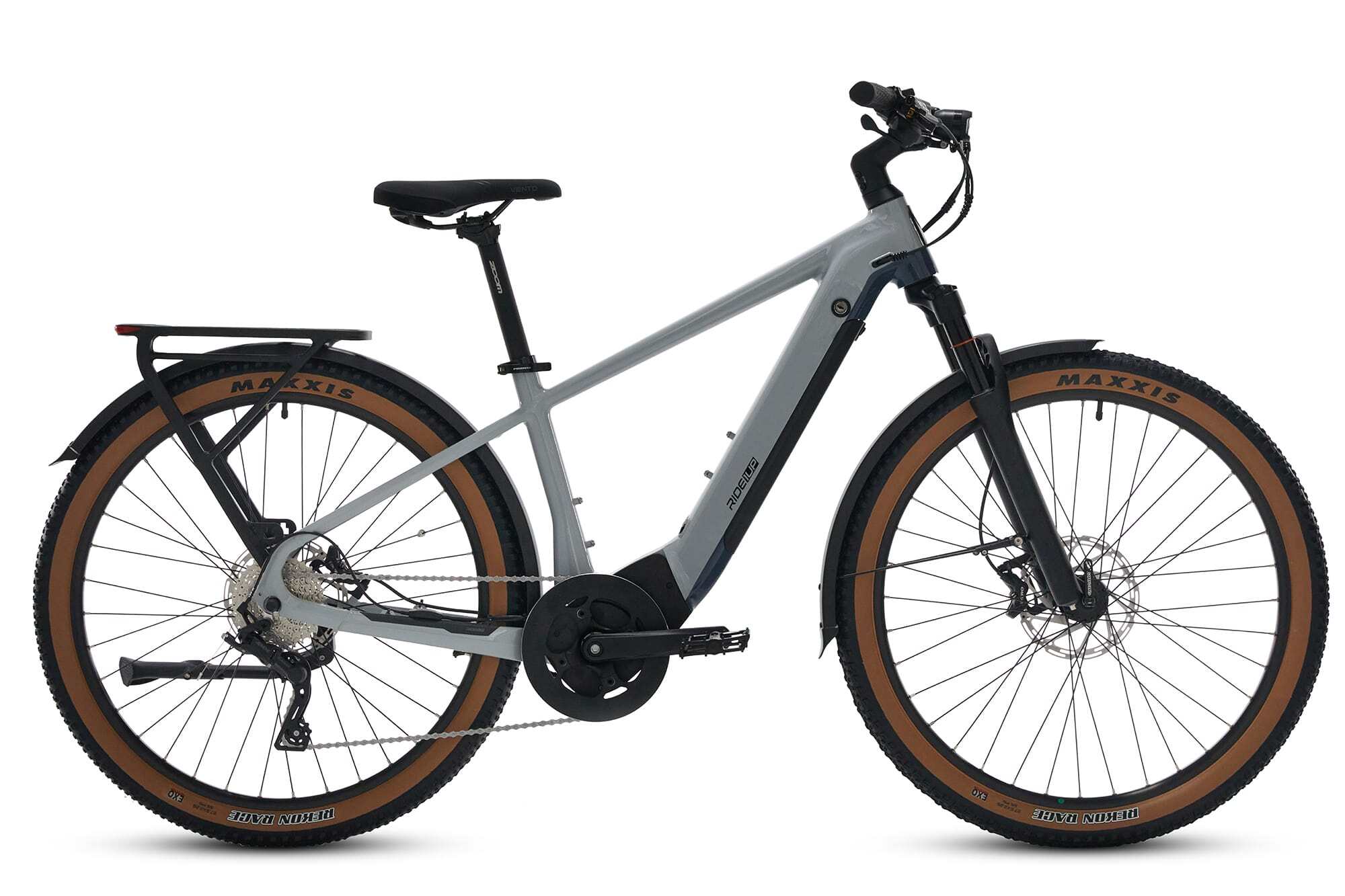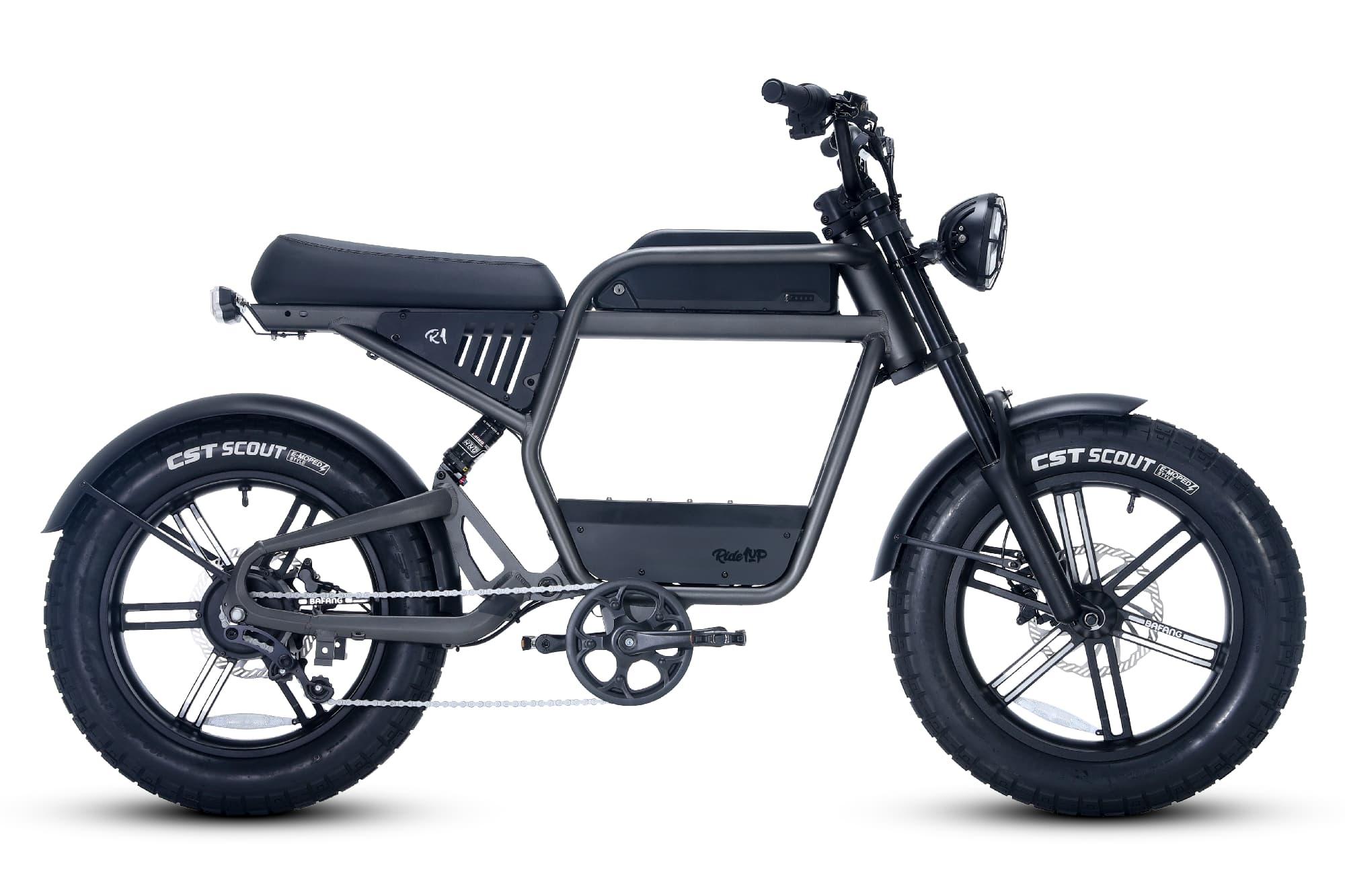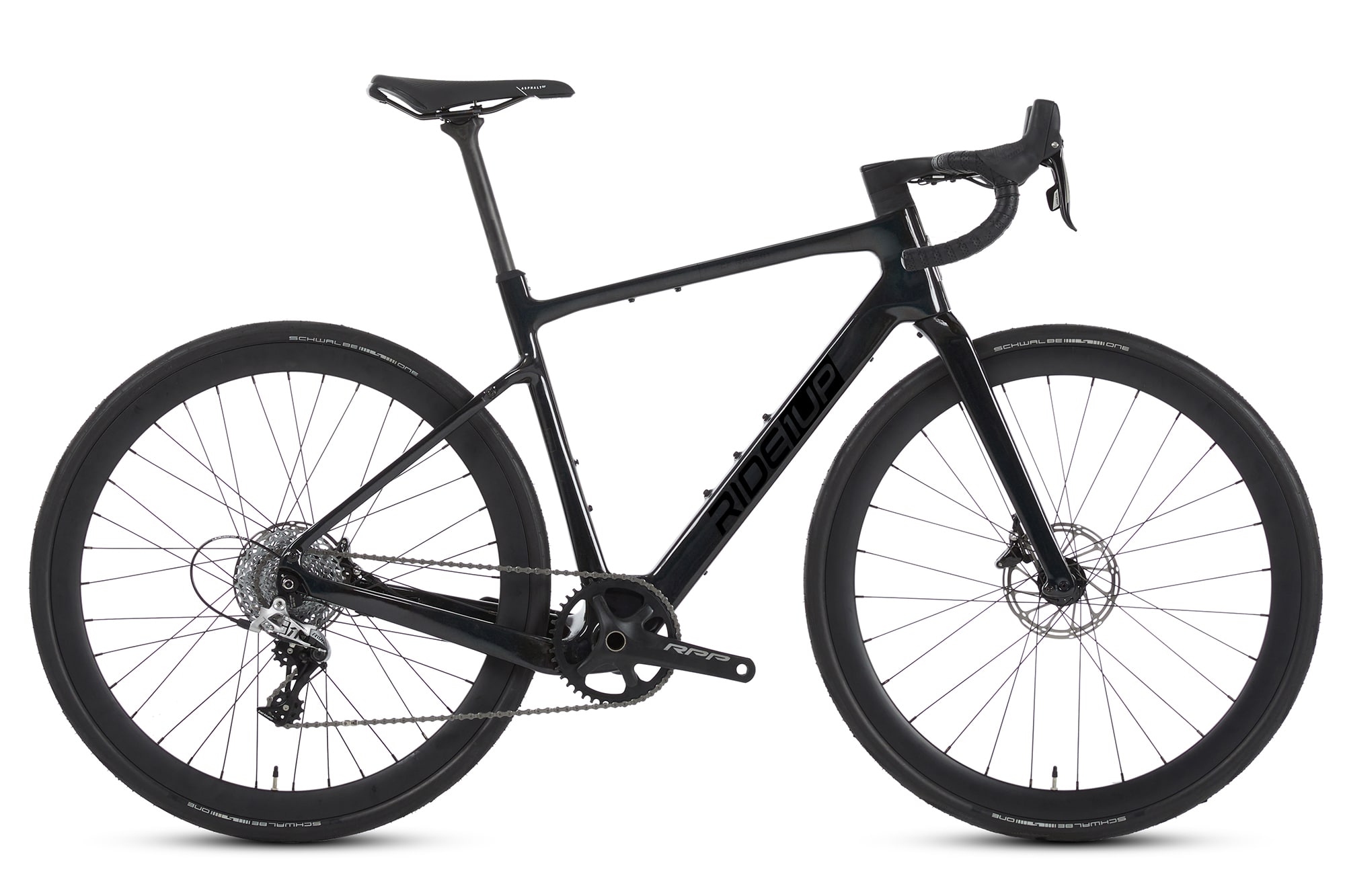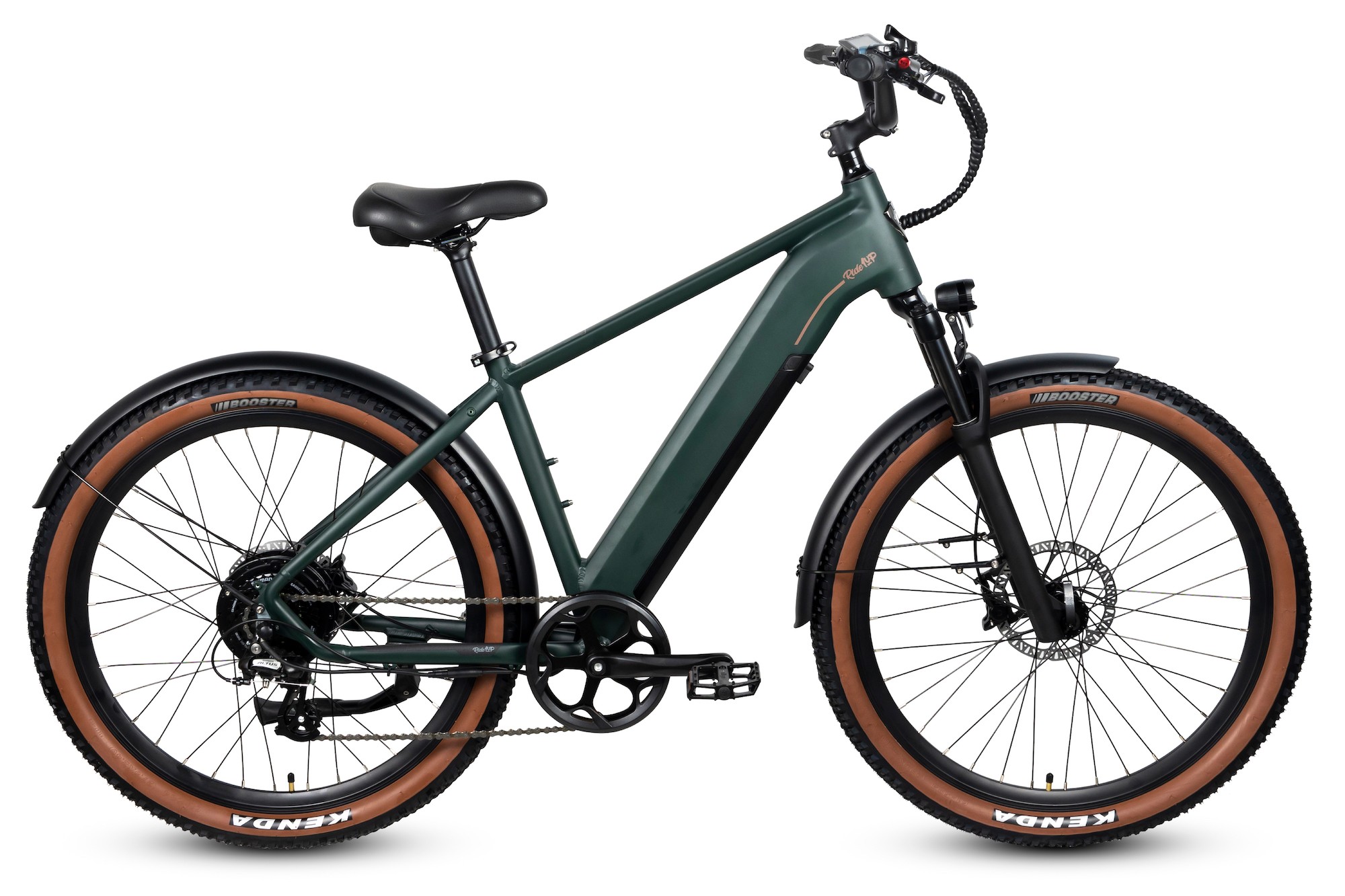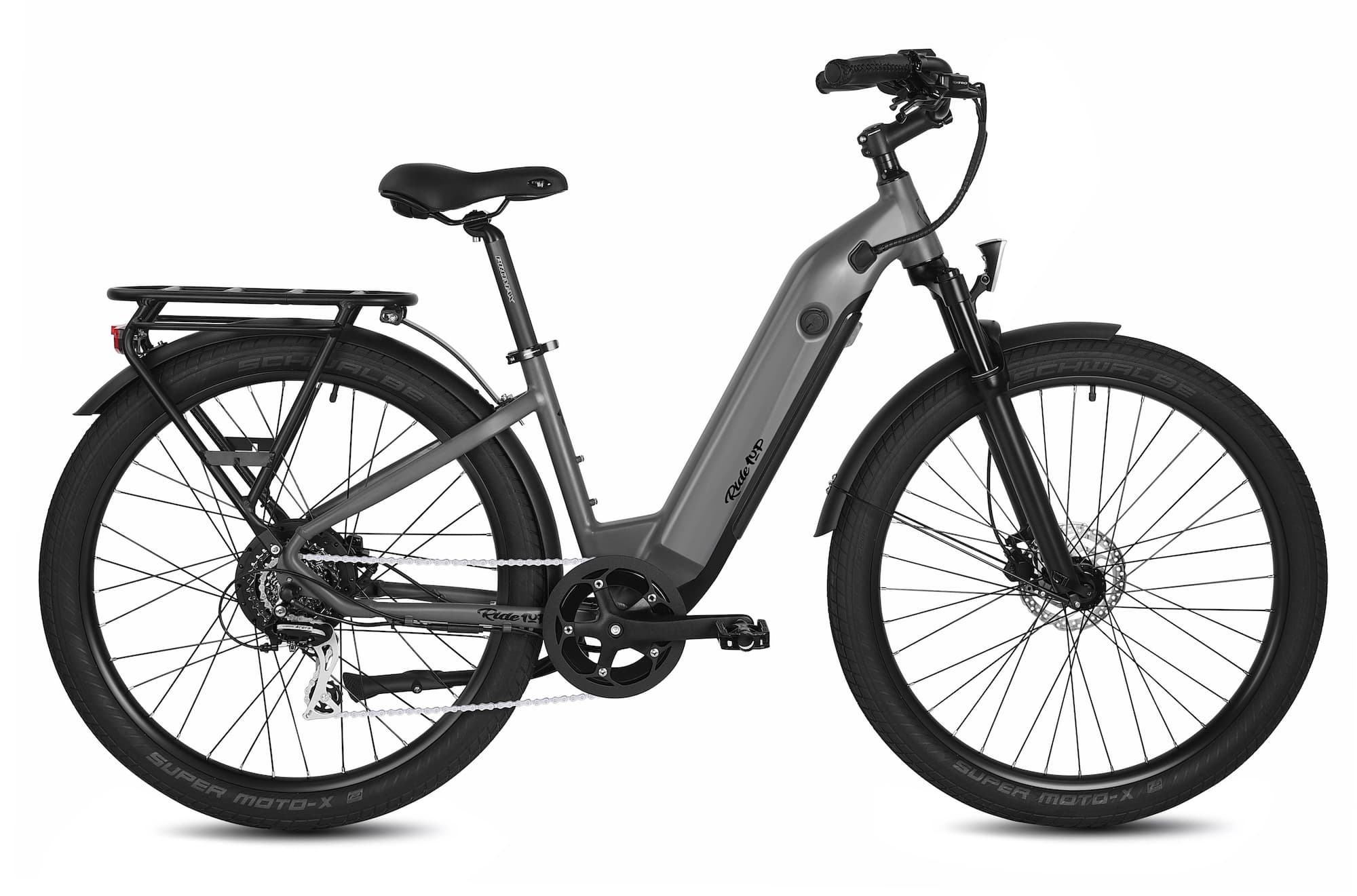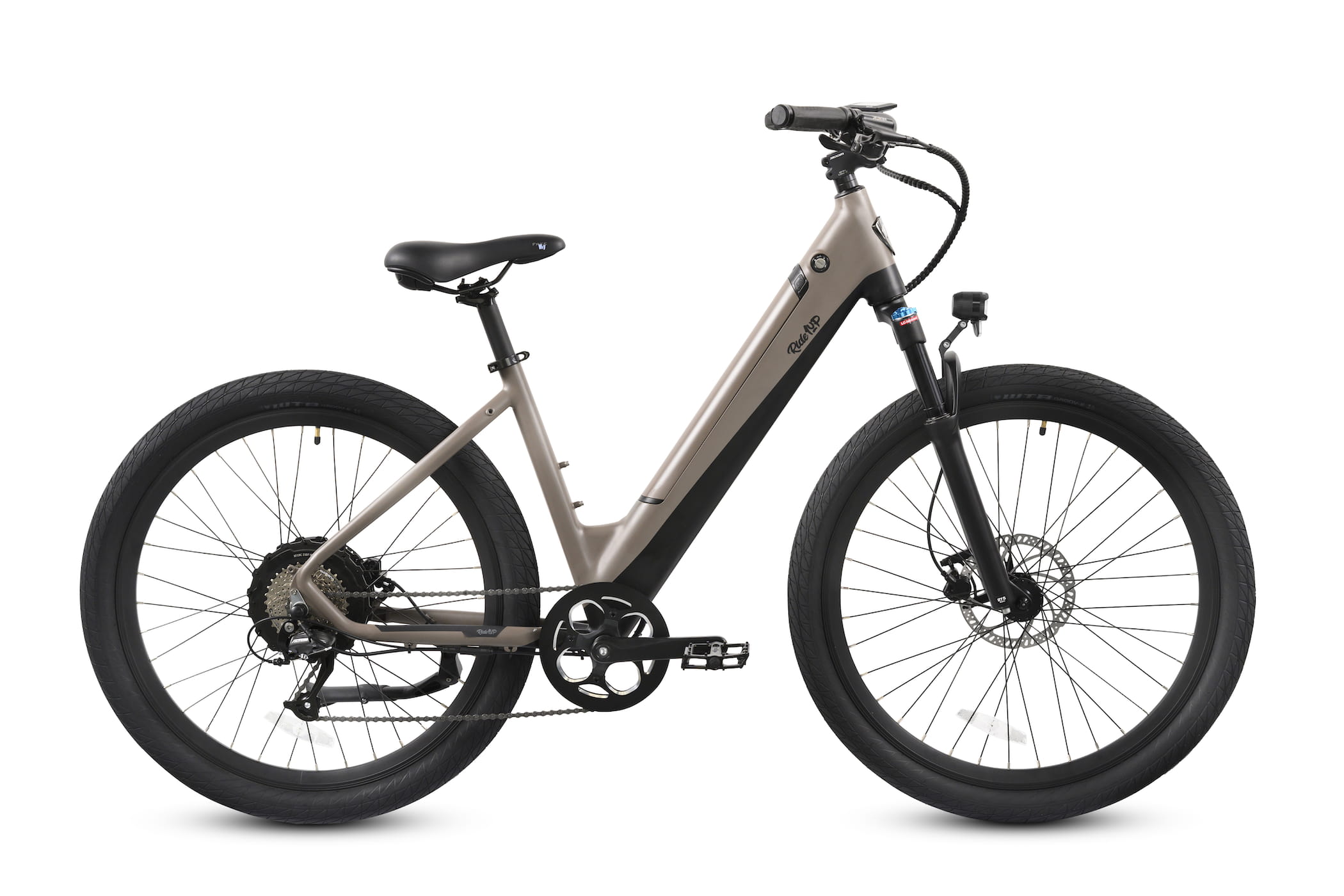Are Electric Bikes Street-Legal?
January 19, 2023
In this age of change, everything is being modified into a more efficient version of the original. These include tech tools, vehicles, and even the products you consume on a daily basis. All of these are being enhanced in a way that makes them more convenient and sustainable. Well, evolution has hit the road, too. With the introduction of electric bikes, the life of a cyclist could not have been made any easier. However, all new things come with controversy, and recently, the bike community has been wondering “Are electric bikes street-legal?” Luckily, e-bikes–including light e-bikes–are indeed legal. Cyclists have different requirements for their needs, and the different classes of bikes allow riders to choose a speed limit they’d like. However, the bike routes in your state and the condition of the streets can limit these aspects. So, although they are legal, there are certain restrictions on the speed and usage of e-bikes.
How Do Electric Bikes Work?
Before we dive into the laws associated with e-bikes, let’s look at how they work. An electric bike is like any other average bicycle, but with an electric motor system. It works by using a motor and a battery to assist the rider. The electric motor provides assistance when you pedal, allowing you to go farther and faster with less effort. The battery is usually a lithium-ion or lead-acid type and is charged via a wall outlet or generator. When the battery is depleted, it can be recharged on or off the bike depending on the design. Because there is a slight learning curve upon introduction to ebikes, make sure to read our post on how to ride an electric bike before buying one!
Classification of E-Bikes
There is more than one type of e-bike, so we can divide them into three classes:
- Class 1: This class runs with pedal assistance at a maximum speed of twenty miles per hour. This type does not have throttles.
- Class 2: This class includes throttles with maximum speed assistance of twenty miles per hour.
- Class 3: This class of e-bikes may include throttles and has a top speed of twenty-eight miles per hour.
With these categories, the average cyclist can determine the type of e-bike they need to fulfill their requirements. They also let cyclists judge whether their type of bike fits with the law of their state, as the street law for e-bikes varies from state to state in the U.S.
What Are the Laws Governing Electric Bikes?
These laws control the amount of assistance the motor can provide to the rider. If you wish to go faster than what the assistance limit can provide, you must pitch in your own energy. In many countries, the motor is required to cease assistance at 15.5 MPH. But in the U.S., the law requires the motor to cease assistance at 28 MPH–so, you can rely on electric bike classes 1-3 to avoid fines or law-breaking.
In the United Kingdom, for an electric bike to be considered an EAPC (electrically assisted pedal cycle), it must meet the following requirements:
- Include a pedal to propel the bike
- Show the manufacturer of the bike or the power output
- Have the definite speed of the bike or battery voltage mentioned
- Have the assistance cut mentioned on the bike
If your bike meets these criteria, then it would have to adhere to e-bike laws.
What Are the Rules for E-Bikes in the U.S.?
Every state has a different rule for electric bikes in the states, depending on the road laws. Some states also require you to carry a license for e-biking. These include:
- North Dakota
- New Mexico
- Alabama
- Missouri
- Alaska
- Wisconsin
- Massachusetts
There is also an age limit on riding a Class 3 bike, which is between fifteen and eighteen years. Any underage drivers of this class are required to wear a specific helmet known as the DOT helmet.
Finally, only classes 1 and 2 are allowed access to all city paths, parks, or trails. Class 3 e-bikes, unfortunately, are off-limits from trails and parks.
Final Thoughts
Electric bikes are street-legal; however, there are some limitations on these bikes in accordance with street laws. These limits restrict their speed and allow only certain types of e-bikes in public areas.
So, the next time you go out shopping for an e-bike, make sure it complies with the laws in your country or state!


